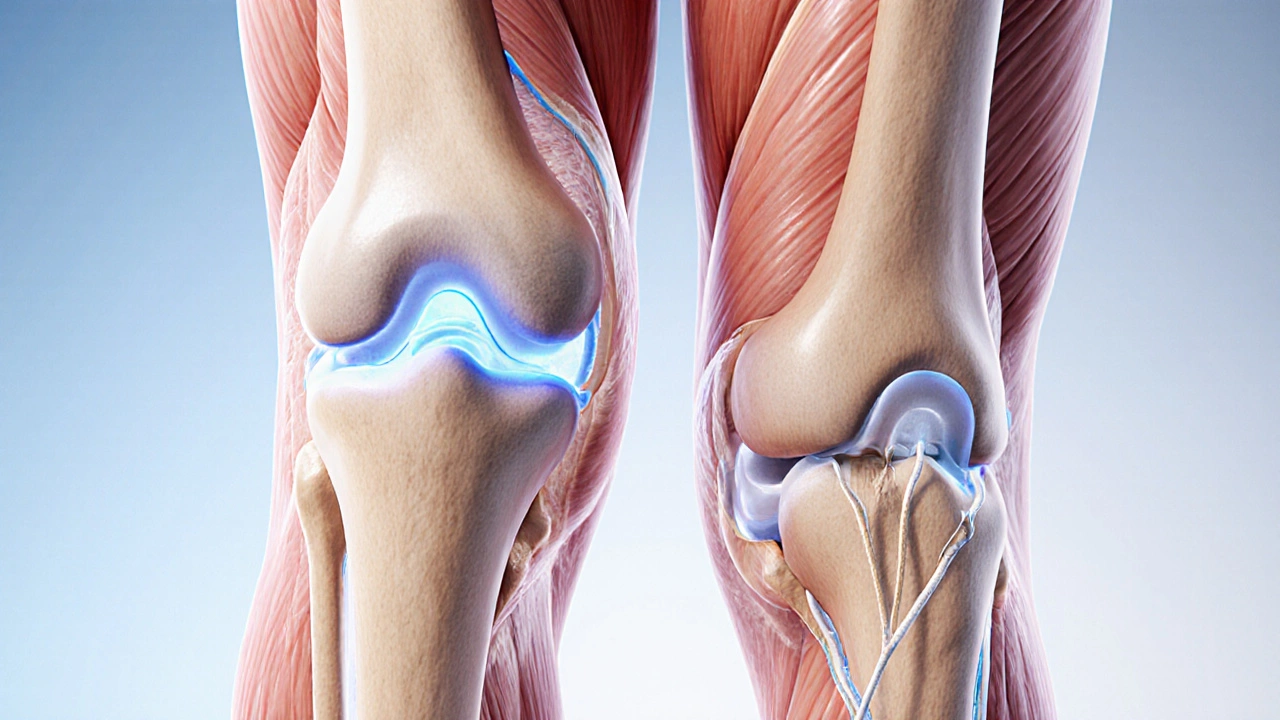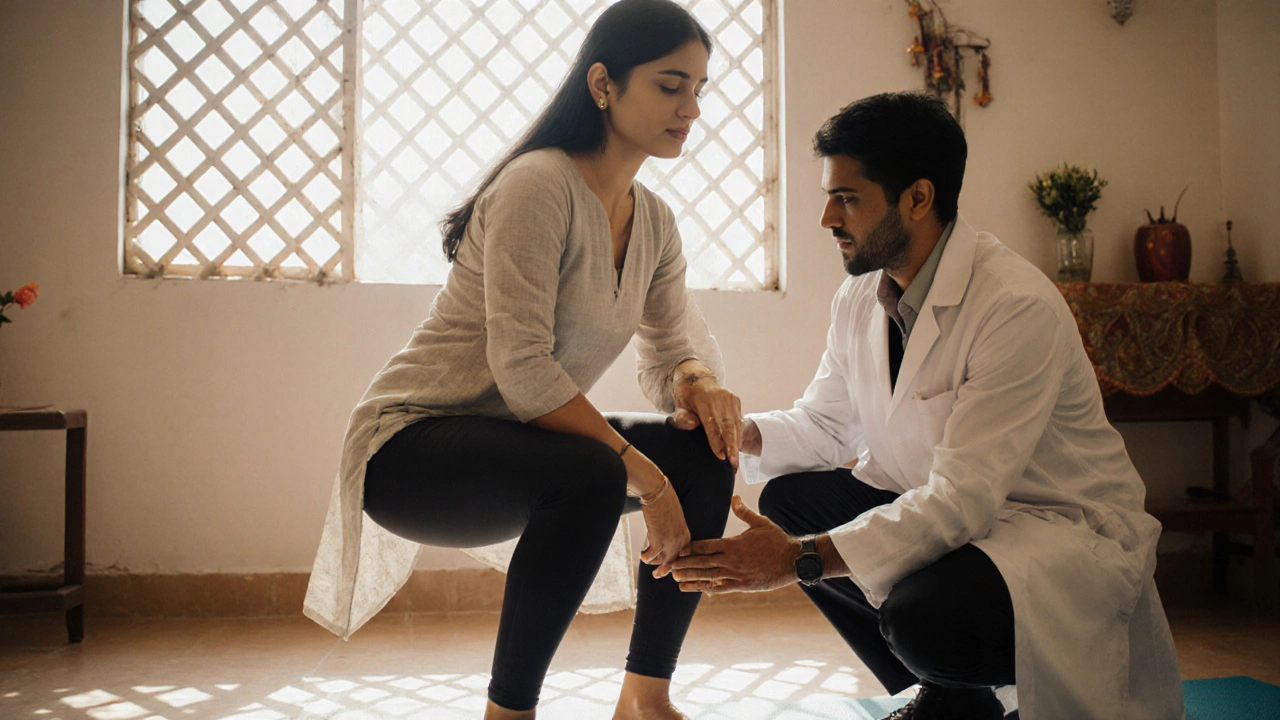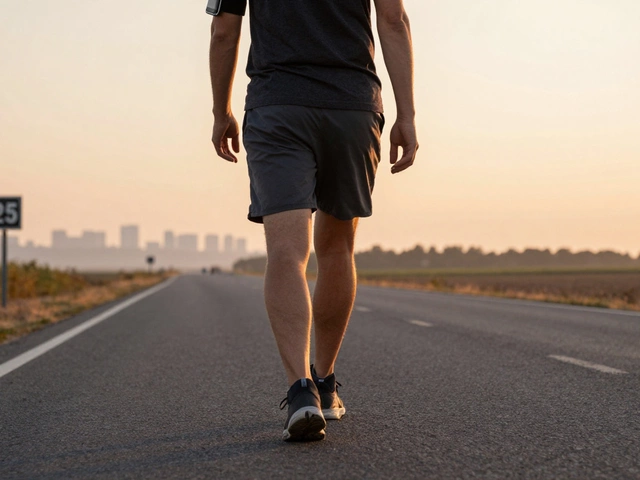Knee Pain – What You Need to Know and How to Find Relief
If your knee hurts, you’re not alone. Millions of Indians deal with aching joints, whether it’s after an operation or from everyday wear and tear. The good news is there are straightforward steps you can take right now to cut the pain, boost mobility, and avoid future problems.
Post‑Surgery Care: Showering, Driving & Managing the Worst Day
Most people who have knee replacement say days 2‑3 are the toughest. Swelling peaks, pain spikes, and even simple tasks feel like a marathon. A quick shower can help – wait until the surgeon says it’s safe (usually 24‑48 hours), use a handheld shower head, and keep the water lukewarm. Warm water reduces stiffness, while a gentle pat‑dry prevents the incision from getting too moist.
Driving worries you? Experts recommend waiting at least two weeks before getting behind the wheel, but the exact time depends on how well you can bend the knee and press the pedals without pain. Start with short trips in a quiet street; if you can stop and start confidently, you’re ready.
When that “worst day” hits, keep the leg elevated, use ice packs for 20 minutes every hour, and take prescribed pain meds on schedule—not just when the pain feels unbearable. Staying ahead of the pain curve often means the worst day zooms by faster.
New Non‑Surgical Alternatives in 2025
Not everyone wants another operation. 2025 has introduced several minimally invasive options that target knee pain at its source. Genicular Artery Embolisation (GAE) blocks tiny blood vessels that feed inflamed tissue, giving relief that can last months. Arthrosamid injections deliver a synthetic matrix that supports cartilage and reduces grinding sensations.
The MISHA Knee System uses a lightweight implant to unload pressure on the damaged joint, while Agili‑C offers a portable, brace‑like device that guides the knee through safe movement patterns. Radio‑frequency ablation (RFA) uses heat to shut down pain signals in the nerves around the knee.
All these alternatives are available in major Indian cities and some UK clinics, often at a fraction of the cost of a full joint replacement. Talk to an orthopaedic specialist about which option fits your pain level, activity goals, and budget.
Aside from high‑tech treatments, simple lifestyle tweaks make a huge difference. Gentle strengthening exercises – think straight‑leg raises, wall sits, and short‑range squats – help support the joint. Weight management is another powerhouse; losing even 5‑10 kg can shrink the load on your knees by up to 30 %.
In short, whether you’re recovering from surgery, battling the dreaded worst day, or exploring newer, less‑invasive solutions, there’s a clear path forward. Keep the knee moving, follow your doctor’s timeline, and don’t ignore the newer options that can save you time, money, and future pain.










